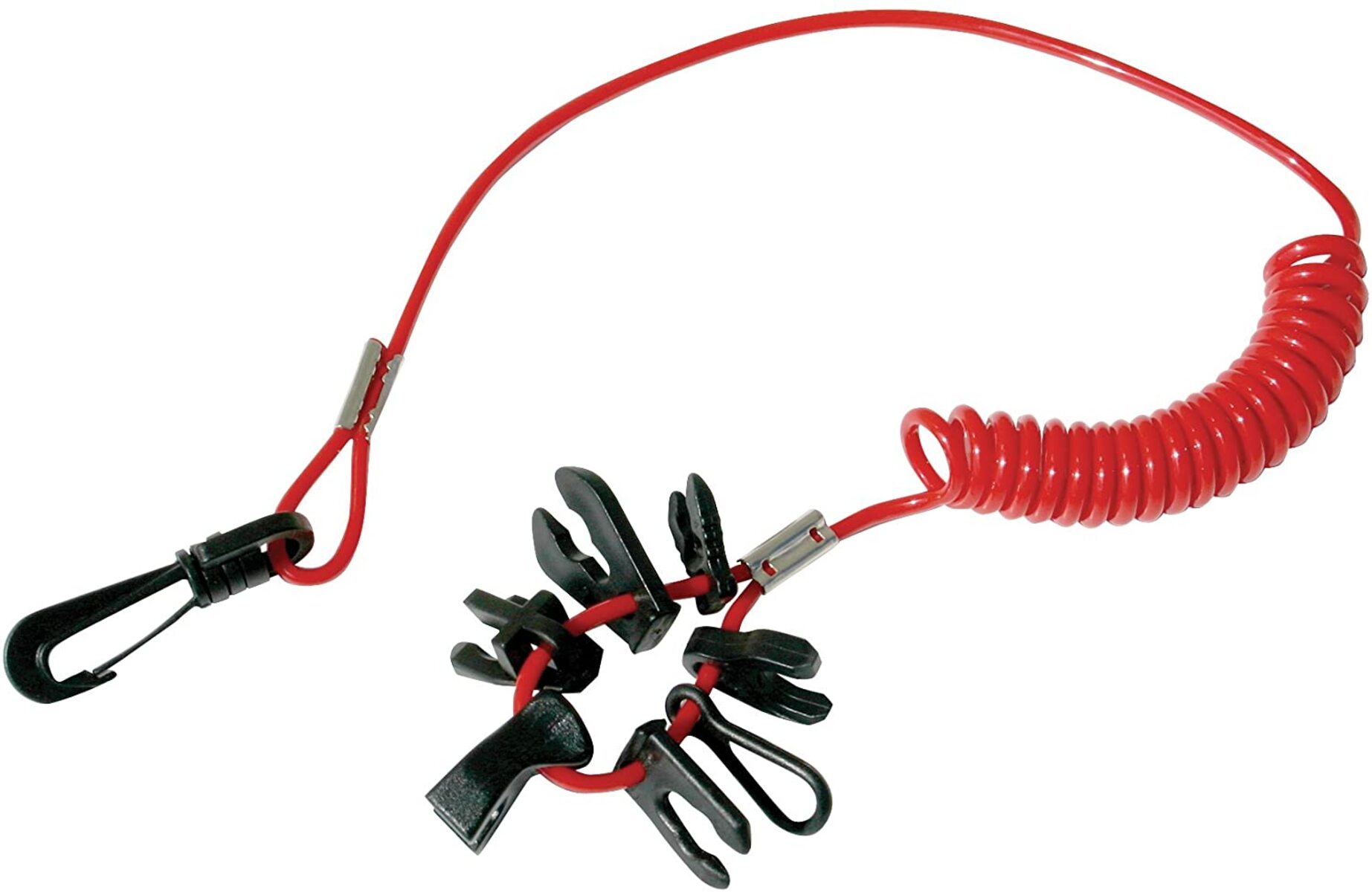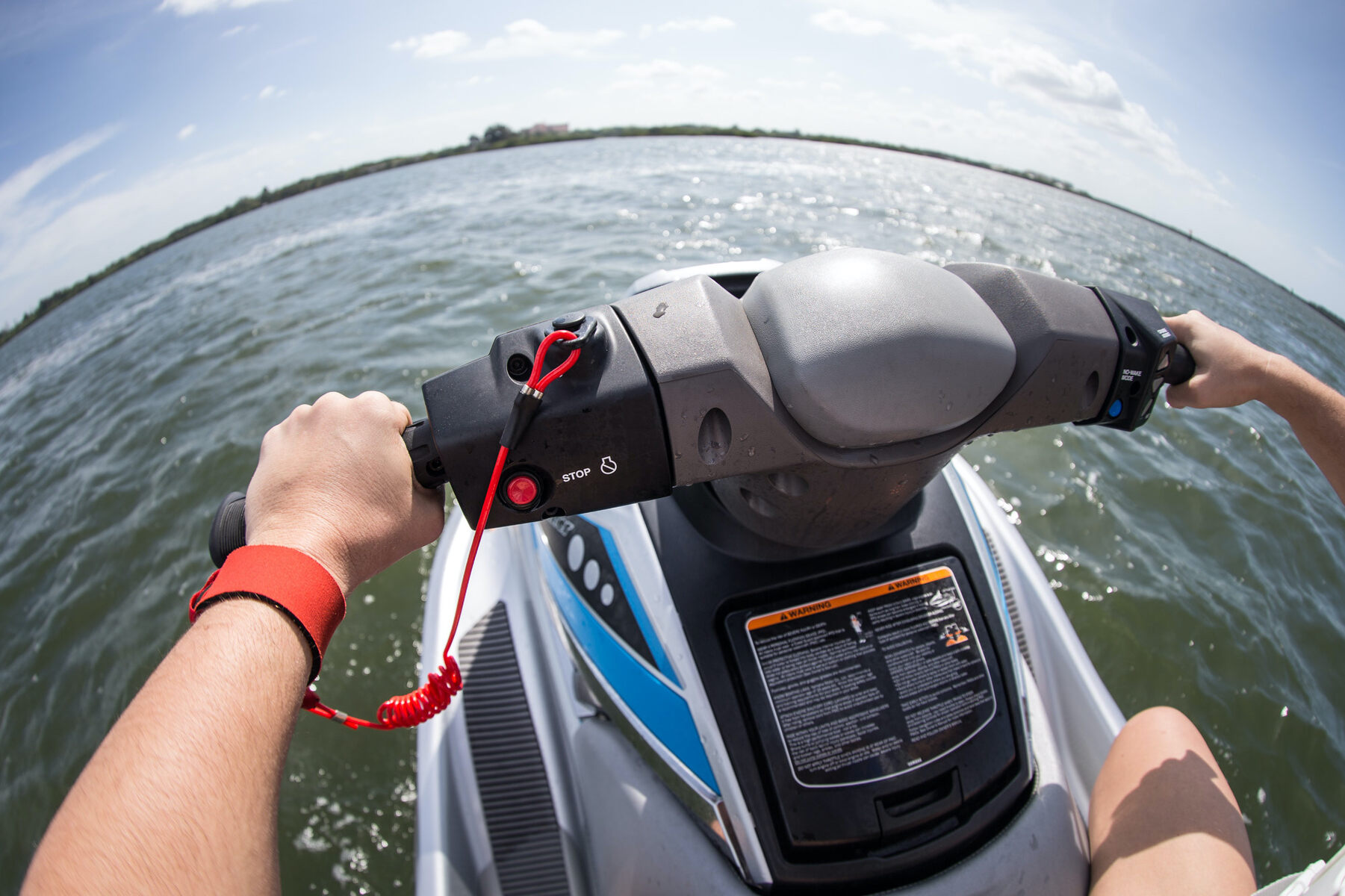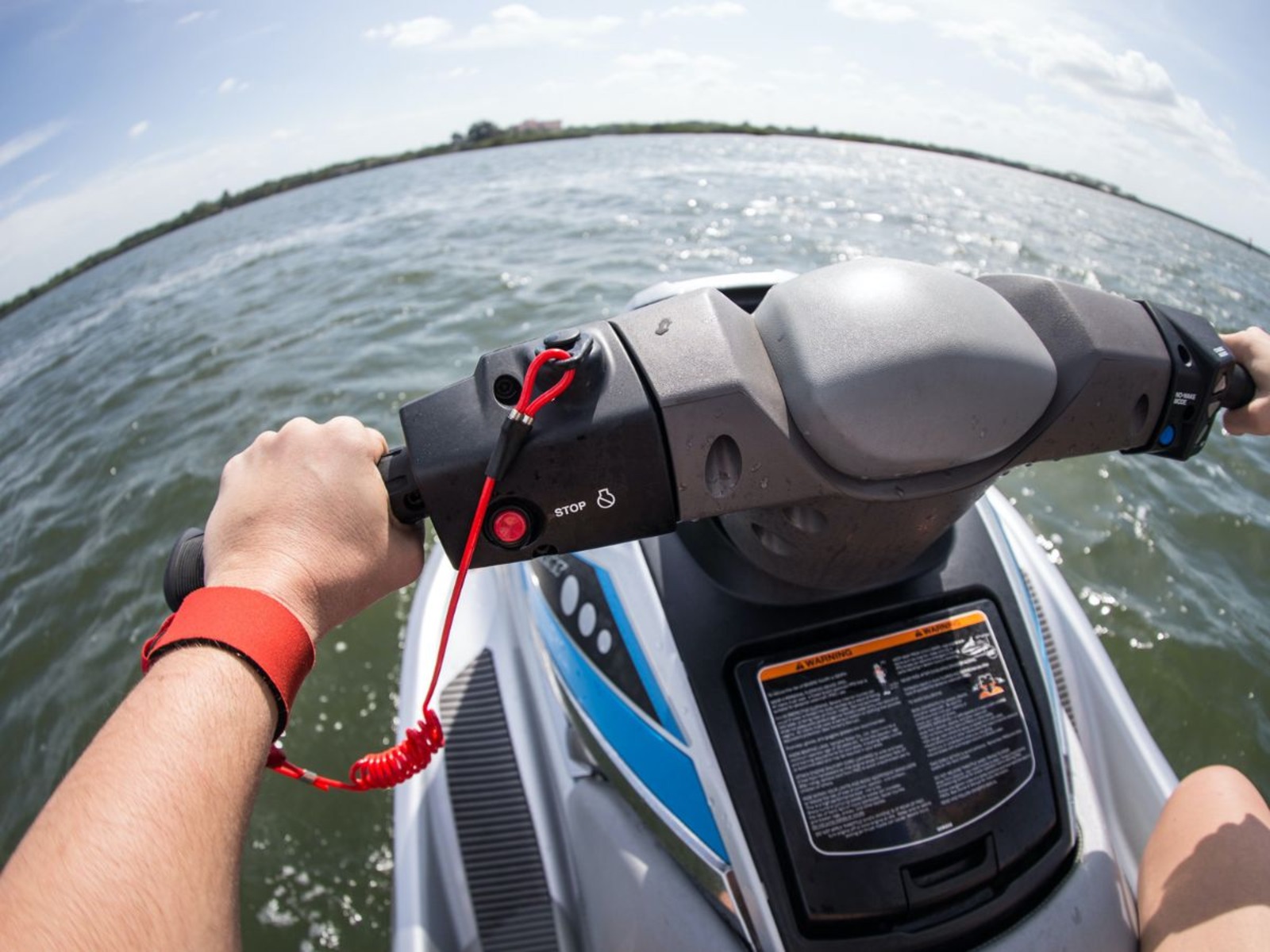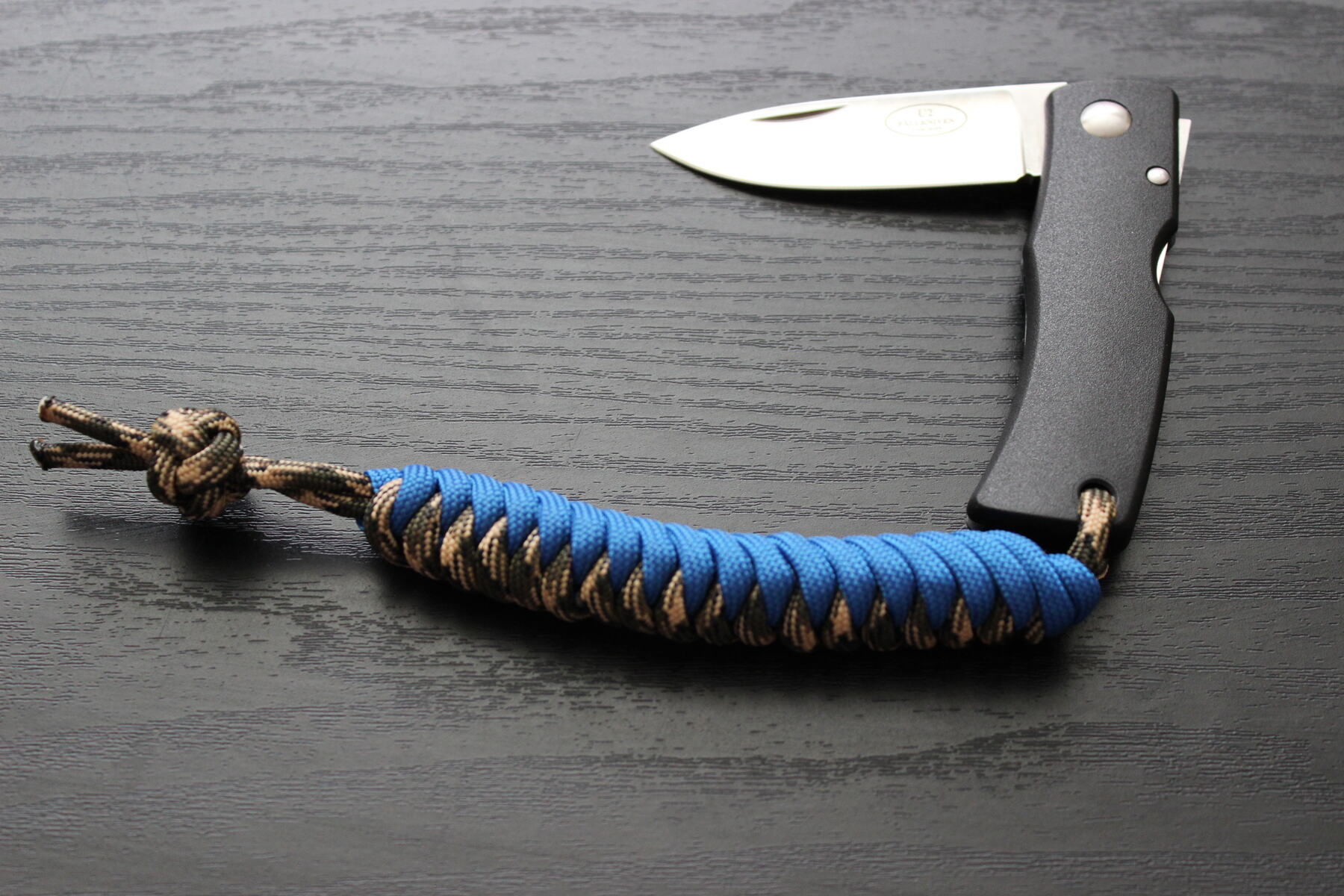What is an Engine Cut-Off Switch Lanyard?
An engine cut-off switch lanyard is a crucial safety device used in various watercraft, including boats, jet skis, and other marine vessels. It is a simple yet ingenious piece of equipment designed to prevent accidents and potential tragedies on the water. The lanyard is typically attached to the operator's wrist or life jacket and connected to the engine's kill switch. In the event of the operator being thrown overboard or becoming incapacitated, the lanyard disengages from the kill switch, instantly cutting off the engine and bringing the vessel to a halt.
The lanyard itself is a durable, flexible cord typically made from materials such as nylon or Kevlar, ensuring its reliability and longevity in harsh marine environments. At the end of the lanyard, there is a small clip or fastener that attaches to a designated connection point near the boat's helm. This connection point is linked to the engine's kill switch, which, when activated, immediately shuts down the engine.
The concept behind the engine cut-off switch lanyard is straightforward yet incredibly effective. By securing the lanyard to the operator's person, typically the wrist, and connecting it to the kill switch, the lanyard acts as a failsafe mechanism. If the operator is suddenly displaced from the helm, whether due to a fall, collision, or other unforeseen circumstances, the lanyard disengages from the kill switch, triggering an immediate engine shutdown. This rapid response can prevent the vessel from continuing on an uncontrolled path, potentially colliding with other watercraft, obstacles, or endangering the lives of those in the water.
In essence, the engine cut-off switch lanyard serves as a vital link between the operator and the vessel's propulsion system, ensuring that the engine's power is promptly cut in emergency situations. Its simple yet ingenious design has undoubtedly saved countless lives and prevented numerous accidents, making it an indispensable safety feature for any watercraft operator.
How Does an Engine Cut-Off Switch Lanyard Work?
An engine cut-off switch lanyard is a critical safety component that operates on a straightforward yet highly effective principle. When the lanyard is properly engaged, it serves as a direct link between the vessel's operator and the engine's kill switch. This connection is established by attaching one end of the lanyard to the operator's wrist or life jacket and the other end to a designated connection point near the helm of the boat. This connection point is intricately linked to the engine's kill switch, which, when activated, immediately halts the engine's operation.
In practical terms, when the operator is at the helm, the lanyard is securely fastened to their person, ensuring that it remains taut and engaged. However, should the operator be forcibly separated from the helm, such as in the event of a fall overboard or a sudden incapacitation, the lanyard disengages from the kill switch. This action is triggered by the tension release or the breaking of a magnetic connection within the lanyard, depending on the specific design. Once disengaged, the lanyard activates the kill switch, promptly shutting down the engine and bringing the vessel to a halt.
The speed and precision with which the engine cut-off switch lanyard operates are paramount to its effectiveness. In emergency situations, where every second counts, the lanyard's ability to instantaneously deactivate the engine can make the difference between a minor incident and a catastrophic accident. By swiftly cutting off the engine's power, the lanyard helps prevent the vessel from continuing on an uncontrolled path, potentially colliding with other watercraft or endangering the lives of those in the water.
Furthermore, the design of the lanyard ensures that it is robust and reliable, capable of withstanding the rigors of the marine environment. Constructed from durable materials such as nylon or Kevlar, the lanyard is engineered to endure exposure to water, UV rays, and general wear and tear, maintaining its functionality over extended periods.
In essence, the engine cut-off switch lanyard's operation is elegantly simple yet profoundly impactful. By swiftly and automatically cutting off the engine's power when the operator is unexpectedly displaced from the helm, it serves as a crucial safety mechanism, mitigating the risks of accidents and potential tragedies on the water.
The Importance of Using an Engine Cut-Off Switch Lanyard
The utilization of an engine cut-off switch lanyard is paramount in ensuring the safety of operators and passengers aboard watercraft. This indispensable safety device serves as a crucial line of defense, capable of averting potential disasters and safeguarding lives on the water.
First and foremost, the engine cut-off switch lanyard acts as a proactive safety measure, ready to spring into action at a moment's notice. In the event of an unforeseen circumstance, such as the operator being thrown overboard or losing control of the vessel, the lanyard's swift disengagement from the kill switch ensures that the engine is promptly shut down. This rapid response prevents the watercraft from continuing on an uncontrolled trajectory, mitigating the risk of collisions with other vessels, stationary objects, or individuals in the water. Consequently, the use of the lanyard significantly reduces the likelihood of accidents and potential injuries, fostering a safer and more secure marine environment.
Moreover, the engine cut-off switch lanyard serves as a vital safeguard against the dangers posed by runaway vessels. Without this critical safety feature, a watercraft left unmanned due to the operator's incapacitation could pose a severe threat to both its occupants and other individuals in the vicinity. By instantly cutting off the engine's power upon the operator's displacement from the helm, the lanyard effectively neutralizes the hazard of the vessel continuing to operate autonomously, potentially causing harm or damage.
Furthermore, the lanyard's role in preventing propeller-related accidents cannot be overstated. In the absence of an engine cut-off switch lanyard, an uncontrolled vessel could expose individuals in the water to the peril of propeller strikes, which often result in severe injuries or fatalities. However, with the lanyard in place, the immediate cessation of the engine's operation upon the operator's displacement significantly reduces the risk of propeller-related accidents, thereby enhancing overall safety on the water.
Additionally, the use of an engine cut-off switch lanyard is often mandated by maritime regulations and boating safety standards. Compliance with these regulations is not only a legal requirement but also a fundamental aspect of responsible boating. By adhering to these guidelines and ensuring the proper use of the lanyard, watercraft operators demonstrate their commitment to prioritizing safety and minimizing risks while on the water.
In essence, the importance of using an engine cut-off switch lanyard cannot be overstated. Its role in averting accidents, preventing runaway vessels, mitigating propeller-related hazards, and ensuring regulatory compliance underscores its significance as an indispensable safety device for all watercraft operators. By incorporating the use of the lanyard into standard boating practices, operators contribute to a safer, more secure marine environment for themselves, their passengers, and fellow water enthusiasts.
Common Misconceptions about Engine Cut-Off Switch Lanyards
Despite their critical role in watercraft safety, engine cut-off switch lanyards are often surrounded by misconceptions that can undermine their perceived importance. Addressing these misconceptions is crucial in promoting a comprehensive understanding of the lanyard's significance and encouraging its consistent use among watercraft operators.
One prevalent misconception is the belief that engine cut-off switch lanyards are only necessary for high-speed or performance watercraft. This misconception often stems from the assumption that accidents and emergencies are more likely to occur in such vessels, leading to the belief that lanyards are unnecessary for leisurely or smaller boats. However, the reality is that accidents and unexpected events can occur on any type of watercraft, regardless of its speed or size. By disengaging the engine in emergency situations, lanyards play a pivotal role in preventing accidents and protecting individuals in the water, making them indispensable safety devices across all types of watercraft.
Another common misconception pertains to the perceived inconvenience of using engine cut-off switch lanyards. Some operators may view the lanyard as a cumbersome or restrictive accessory, believing that it hinders their freedom of movement while operating the vessel. However, modern lanyards are designed to provide ample flexibility and mobility, allowing operators to maneuver comfortably while remaining securely connected to the kill switch. By dispelling this misconception and highlighting the lanyard's user-friendly design, operators can recognize its seamless integration into their boating activities without compromising their comfort or maneuverability.
Additionally, there is a misconception that engine cut-off switch lanyards are only relevant for experienced or professional watercraft operators. This misconception often leads novice or recreational boaters to underestimate the lanyard's importance, assuming that their familiarity with watercraft operations mitigates the need for such safety devices. However, accidents and unforeseen events can affect operators at any skill level, making the consistent use of lanyards essential for all individuals navigating the water. By dispelling this misconception, operators can embrace the lanyard as a fundamental safety tool, irrespective of their experience or proficiency in watercraft operation.
Furthermore, there is a misconception surrounding the reliability of engine cut-off switch lanyards, with some individuals questioning their effectiveness in real-life emergency scenarios. This misconception often arises from a lack of awareness regarding the lanyard's robust design and proven track record in preventing accidents. By highlighting the lanyard's durability, rapid response capabilities, and numerous documented instances of lives saved due to its implementation, operators can gain confidence in its reliability and dispel any doubts regarding its effectiveness.
In essence, addressing these common misconceptions is pivotal in fostering a comprehensive understanding of the engine cut-off switch lanyard's significance as a critical safety device for watercraft operators. By dispelling these misconceptions, promoting awareness of the lanyard's universal relevance, user-friendly design, and proven effectiveness, operators can embrace its consistent use as an essential component of safe and responsible boating practices.

























